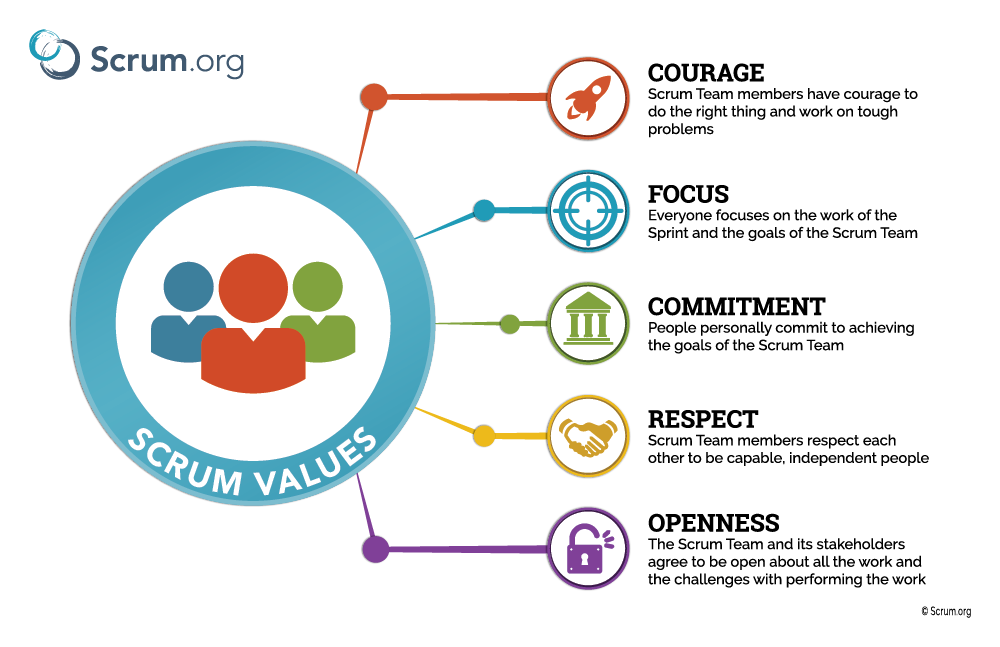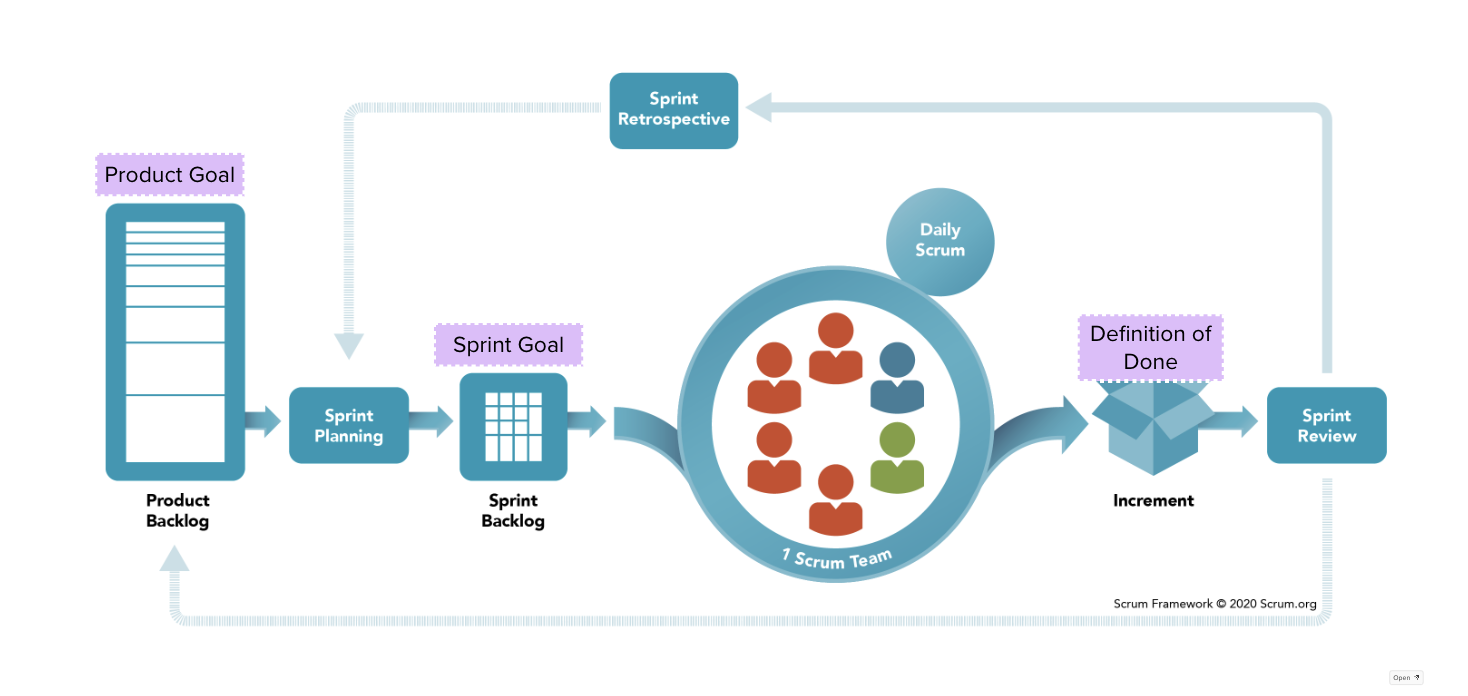Product teams are under increasing pressure to deliver value that delight their customers, and proactively respond to changing market conditions. However, this will only be achieved when teams work effectively together toward common goals within a culture of trust and collaboration. While I wouldn’t recommend the Scrum Framework for all teams; I believe that the Scrum Value lays a solid foundation for building the required culture of trust and collaboration.
Agile Coaching
These blogposts are my opinions from reflections on topics relating to my current area of interest - Enterprise Agility, Leadership, Entreprenuership, Personal Development and Complexities of Africa.
I often get attendees at our Scrum Training ask me for my preferred format for a Daily Scrum. I don’t know that I have a preferred format, but definitely not “What I did yesterday, what I plan to do today and discussion about Blockers”. However, if I can get you to reflect on the purpose of the Scrum Guide:
… to inspect progress toward the Sprint Goal and adapt the Sprint Backlog as necessary, adjusting the upcoming planned work.
I was invited to a meeting titled “Let’s hang and code”; it was for 2hrs and out of curiosity, I attended.
This meeting was an idea by the Tech Lead of a startup that I am currently working with. This is a startup where the entire team works remotely and the purpose, I learnt was to foster relationships between the team members and support people who might need help with the task they have picked up for the current sprint.
You assign tasks to subordinates and chase up for updates as soon as you feel they should have been done. Regardless of what your subordinates are currently doing, you believe they should be working on something else. You have just assigned task to a subordinate and immediately you follow up with instructions on how they should be doing it. You are so bothered about how they spend their time; and you just need to ensure that they have enough work for 40 hours a week, that’s what their contracts says anyways.
Within a Scrum Team, there are no sub-teams or hierarchies. Scrum Guide, 2020 An autonomous and self-managing team thrives when hierarchies take a backseat, allowing Scrum accountabilities to drive the ways of working. While organizational hierarchies persist, especially during the formation of Scrum Teams, it’s crucial to discuss privileges and their impact on a team’s ability to self-manage.
Privilege is when you think that something’s not a problem because it’s not a problem for you personally… David Gaider Hierarchical Privilege: This explicit form of privilege arises when a Scrum Team comprises employees with varying levels of seniority.
With the recent news about Scrum Masters and Agile Coaches being laid off in organizations, the question that comes to mind is whether we are at the end of the road with regard to these roles that have in the past focused on building agile capabilities in organizations on a full time basis.
My opinion is that organizations will continue to have a need for people focused on helping teams to continuously improve their ways of working, improving team and organizational effectiveness.
Increasingly, I encounter developers who don’t seem to enjoy using the Scrum Framework to deliver software, and this is a cause for concern because I have fond memories from my days as a developer working on a Scrum Team. I relished the collaborative atmosphere within the team, where everyone supported each other in development, testing, deployment, and held a shared sense of accountability.
However, nowadays, I hear developers express their discontent with Scrum for various reasons, including:
The Product Backlog Refinement session is not an official Scrum event, but it is a crucial activity that helps Scrum teams to achieve a shared understanding of the product backlog items in preparation for the sprint planning. Teams that adopt the product backlog refinement as a complimentary practice tend to have smoother sprint planning events. The number of refinement sessions within a sprint depends on various factors such as the state of the product backlog, the maturity of the product, the Scrum team’s availability and experience.
The commitments contained in the Scrum Artifacts are arguably one of the important element of the Scrum Framework; these commitments when deployed as per the intentions of the scrum framework contributes to increasing the effectiveness of the scrum team.
I was asked to help out a Scrum Team that did not see much value out of a well-crafted Sprint Goal for their Sprints. In the sprint planning, the team would rollover every product backlog item (PBI) that was not completed in the last sprint, and the team would add a few more PBIs from their backlog on the ask of the team manager, who also attended the Sprint Planning regularly.
Selecting a product backlog management tool can be a daunting task, as there are a plethora of options available on the market. Some of the most popular tools include Jira, Azure Dev Ops, Kanbanize, Trello, and Rally, to name a few.
As a Scrum Master, it’s important not to view yourself as an administrator for the chosen product backlog management tool, but rather to focus on understanding how the tool can support the Scrum team to be an effective team.










